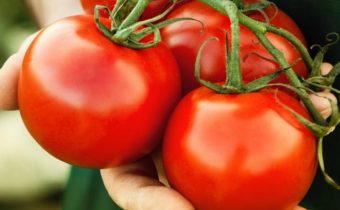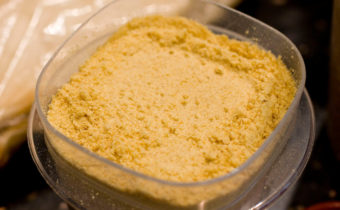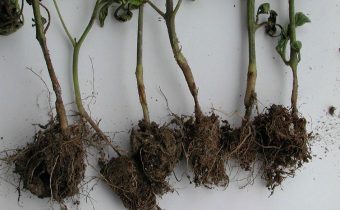Why aren't cabbages tied at cabbage?
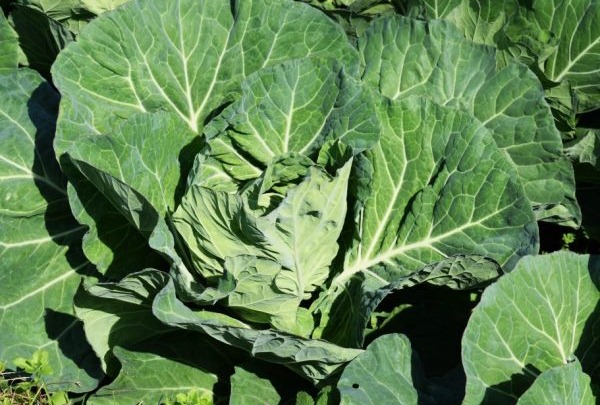
Cabbage is a delicious vegetable with high nutritional value. It is planted in almost every garden, sometimes in several beds and carefully tended, in the hope of getting a rich harvest. However, hopes are not always justified - for some reason the green beauty is not tied to the head, but only grows leaves. How to feed the plant and how to help it produce fruits.
The reasons for the absence of the ovary
If the necessary conditions are created for the cabbage, agrotechnical rules are observed, then the middle of the vegetable head is formed quickly and correctly. Vegetation stops can occur due to a number of factors:
- the use of substandard seeds;
- unsuitable plot selected;
- acid reaction medium;
- micronutrient deficiency;
- non-compliance with irrigation rules;
- heat;
- diseases and parasites.
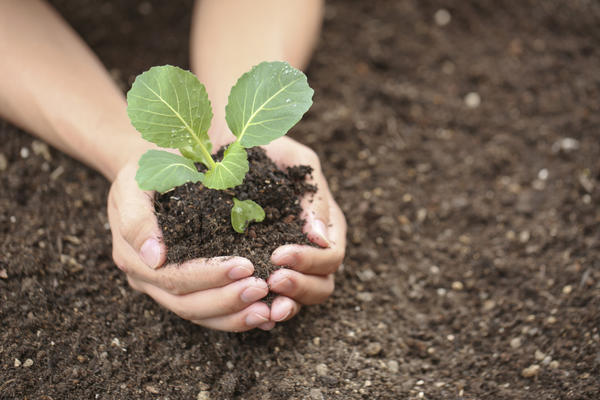
The seed of the hybrids does not yield a full healthy harvest. Seed purchase should be approached responsibly, paying attention to the information on the back of the package, and not to an attractive promising cover. It is better to buy them in proven gardening stores.
Vegetable loves the sun. The plot, on which the cabbage is planned to be planted, should not be shaded - this prevents vegetation. Closely planted bushes also prevent the formation of the ovary. Plant seeds cultures can be in neutral soil, lime will not be superfluous.
The lack of trace elements does not allow the leaves to curl. It is necessary to apply phosphorus, potassium and calcium preparations to the soil. In one place, the culture can be planted no more than once every three years. It grows well in areas where before it grew potatoes, carrots, onions, cucumbers.
Cabbage is resistant to cold and does not tolerate heat. When the temperature exceeds 25 degrees, the setting of the head is slowed down, and at 35 the head does not form at all.
When the rosette of leaves is formed, the plant is in need of abundant watering, but it is important not to fill it. Cabbage leaves are large, and the root system is small. During the day the bush can evaporate up to 5 liters of water, but does not have time to compensate for this consumption by its roots.
It is easier for cabbage to absorb moisture in the morning or in the evening, while there is no evaporation. The culture is best watered at this time. And in order to better supply the air and moisture to the roots, the soil around them must often be loosened.
Cabbage is prone to disease and the attack of parasitic insects. They ruin the forks at the beginning of growth.
| Fungal diseases | Viral diseases | Parasitic insects |
| Kila cabbage | Cauliflower Mosaic | Cabbage Aphid |
| Perinosporosis | Turnip Mosaic | Cabbage Fly |
| Fusarium | — | Cruciferous flea |
To head out
To get a good harvest, take care of the cabbage should start even when preparing the soil. It is important to choose the optimal place for the culture - open, with a neutral reaction of the environment.
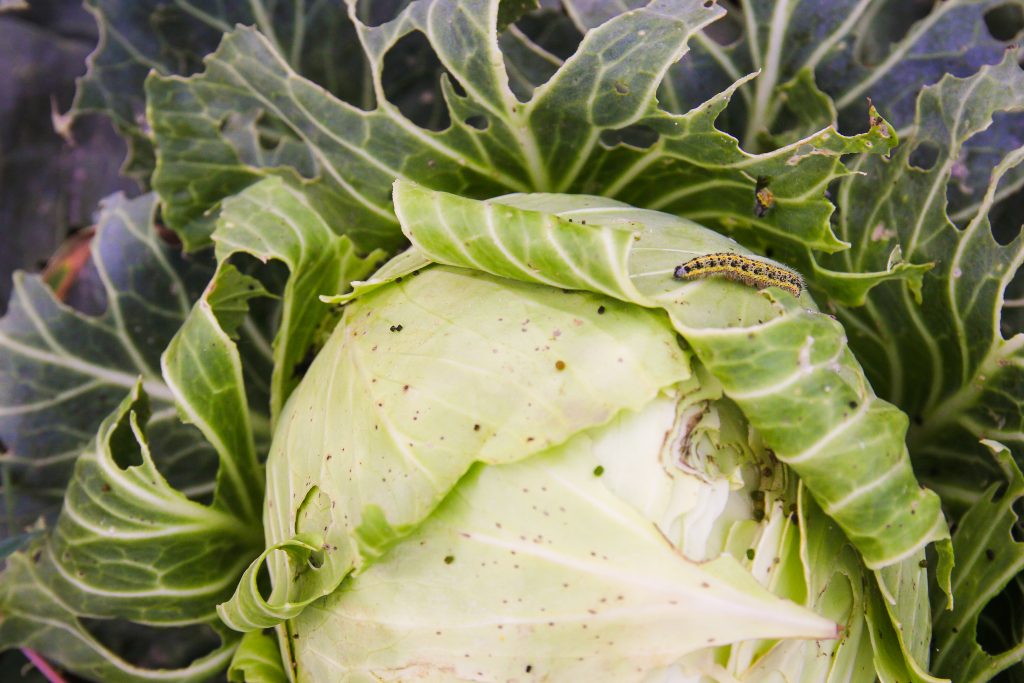
Disease treatment
After planting the seedlings into the ground, it is necessary from time to time to treat them with special solutions, in order to avoid the development of diseases and the appearance of parasites.
In the case of fungal infection of cabbage, it is necessary to remove the infected specimens, and the rest to process fungicides. Spores of fungi persist in the soil over several seasons — it is important to observe crop rotation and remove the remnants of vegetation from the ground.
Viral diseases are much less common, spread very quickly, and they can not be cured. The crop will be lost completely.
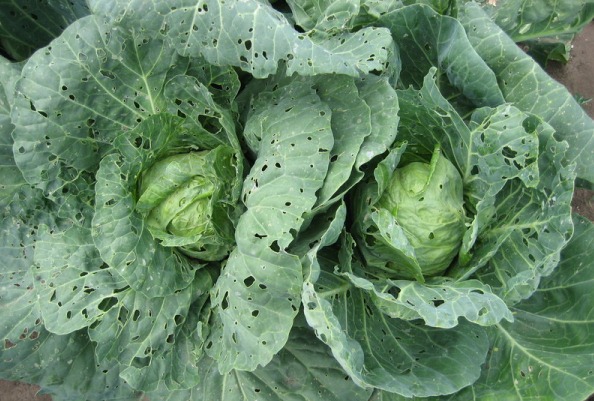
Insecticides against mosaic are hopeless, so the best way to fight viruses is to prevent:
- disinfection of seed;
- timely removal of affected specimens from the soil;
- removal of weeds that can carry the virus;
- fight against parasites.
Usually the gardeners carry the mosaic on the garden inventory from diseased plants. In addition, the infection is brought by sucking parasites.
Top dressing when forming a head of cabbage
Fertilization is necessary at each stage of growth and ripening of cabbage. But the most crucial period is before maturation. Top dressing needs to be brought on recommended norms since the excess of components will not be reflected in the best way on the bushes, the leaves will grow, but the head will not form.
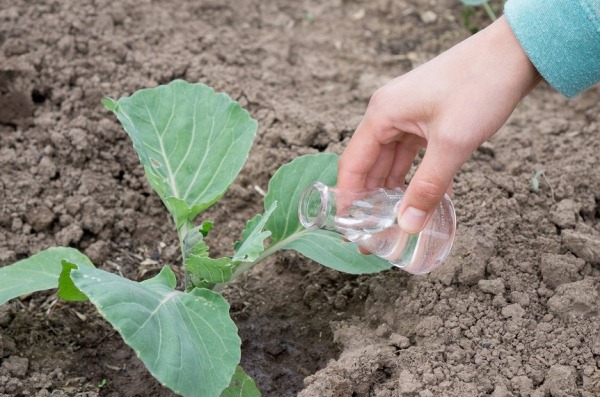
Early varieties of cabbage more than others need fertilizer before tying a head of cabbage. 14 days after the first fertilization, the vegetable can be helped by adding:
- nitrophoska;
- ash;
- manure;
- infusion of bird droppings.
Phosphorus helps cabbage to accumulate substances useful for the formation of the ovary. If the culture is grown in greenhouses, then it is fed only with minerals, without adding organic matter.
Organic cabbage dressing is desirable to produce at least 3 times per season. Commonly used cow dung:
- 2 weeks after planting seedlings.
- Before forming heads.
- 3 weeks after the second feeding.
During the second and third feeding, wood ash is added to the manure at the rate of 40 g per 10 liters of water. To stimulate the formation of the ovary, nitrogen-containing fertilizers are applied together with organic matter. When the bushes have 10 leaves, nitrogen is replaced with potash fertilizers.
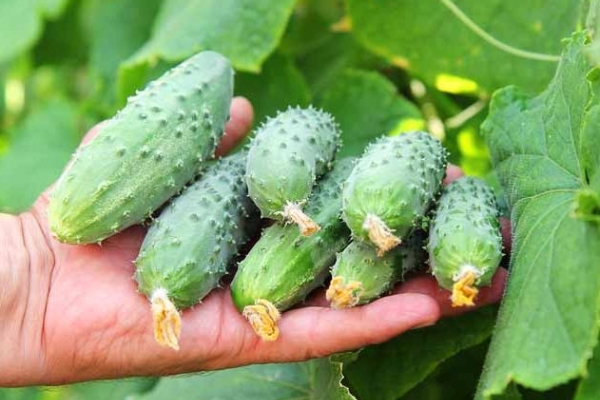
In order for heading to happen on time, it is necessary to bring the cabbage life conditions to the optimum for the plant as close as possible. It is extremely important to monitor the health of the bushes and remove infected specimens. Fertilization should be gradual and moderate.


